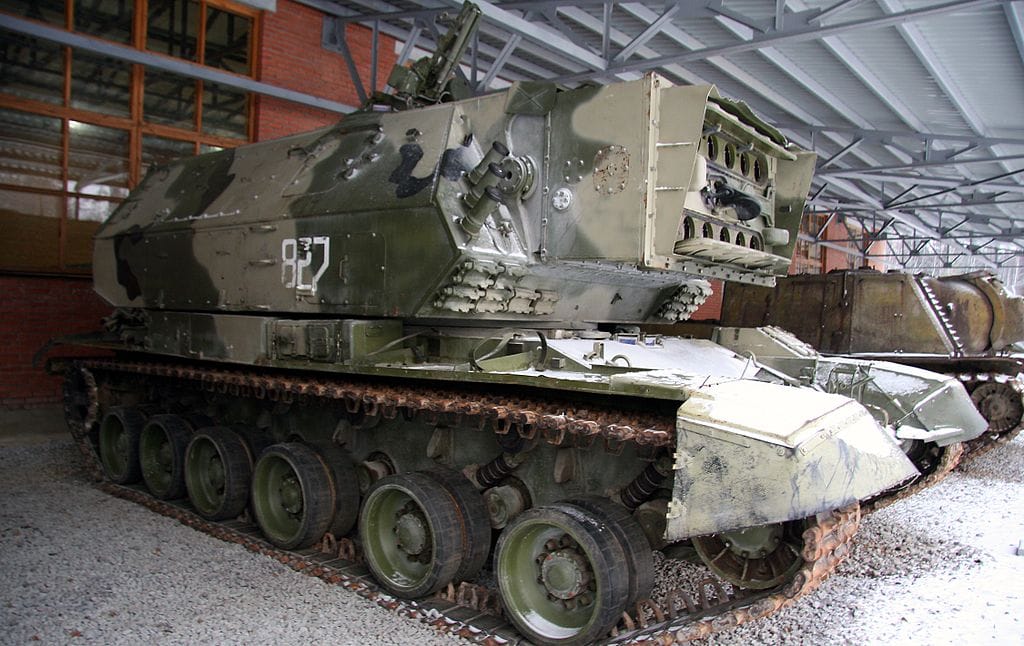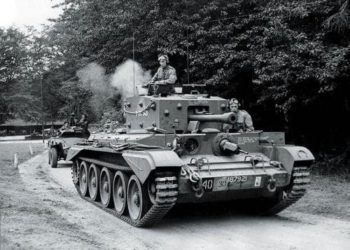1K17 Szhatie/Compression: Soviet Laser Tank

The 1K17 was designed in the late 1980s as an anti-missile platform. It was also meant to disable NATO optoelectronic systems, imaging equipment, sights, scopes, and cameras onboard Western airborne and land vehicles. The laser was installed on a MSTA chassis and had a maximum range of 6 miles. Power was provided by an APU.
Weapon Capabilities and Potential Breaches
Such a weapon system had the potential to burn through plastic and thin aluminum panels as well as destroy electronic equipment (a prototype is said to have downed a helicopter during testing). However, it also had the potential of causing temporary and/or long-term blindness to anybody hit by a ray (retinal burn). As such, it would have been in breach of the Geneva Protocols.

Challenges and Development
Regardless, expensive development and manufacturing costs (each of the 13 laser tubes housed a 30-kilo artificial ruby. The weapon also required silver, aluminum, xenon, and neodymium) and the collapse of the Soviet Union ensured this weapon was never adopted and mass-produced.
Discontinuation and International Agreements
Russia signed and ratified the Protocol on Blinding Laser Weapons in 1995.

-RBM.










